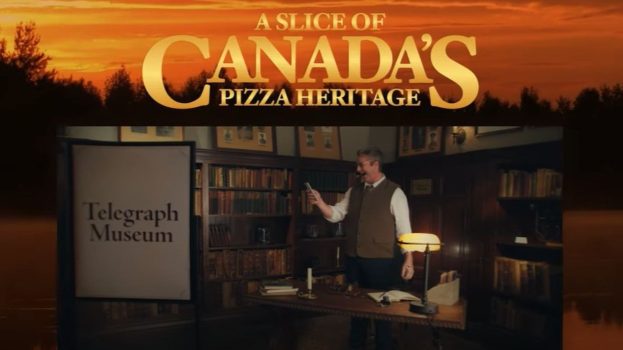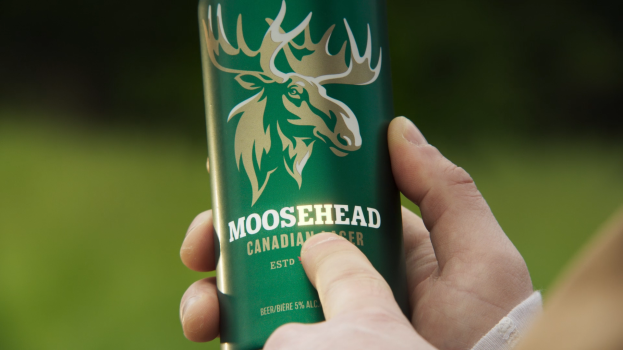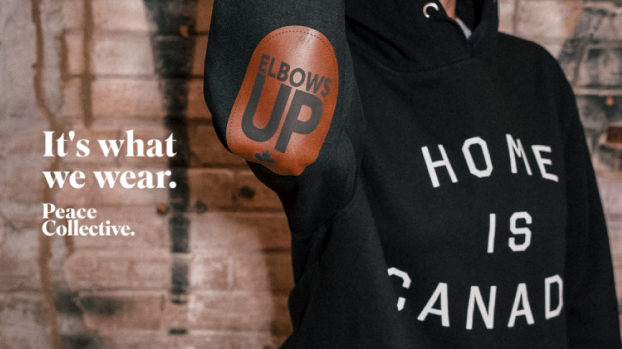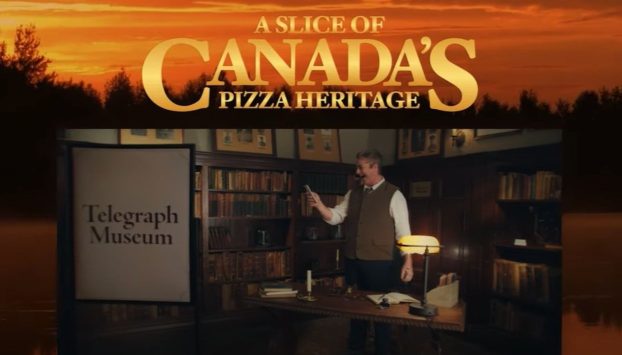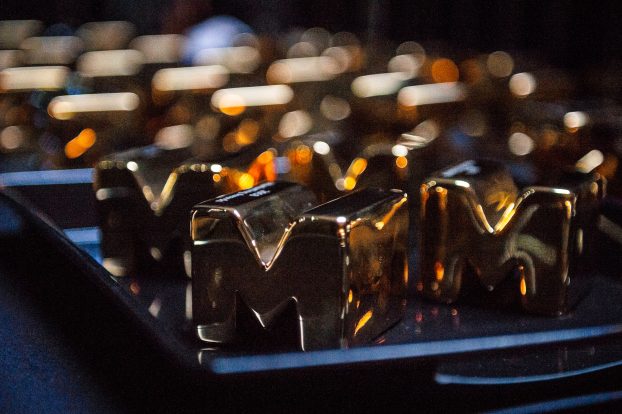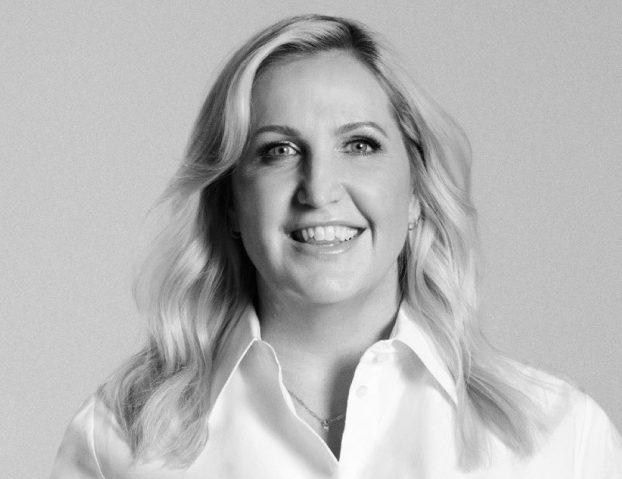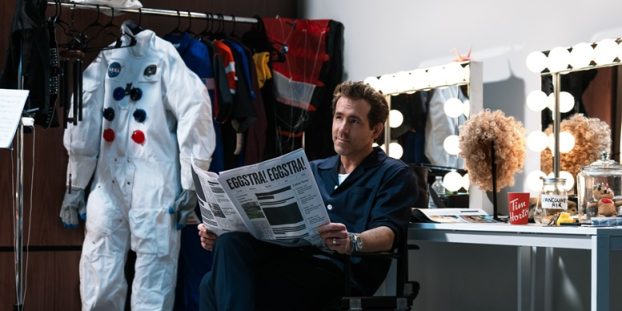You are reading a deep dive into what helped this year’s winners propel themselves to the top of the 2020 Creative Report Card. Be sure to check out other coverage of this year’s class, as well as the full rankings across brands, agencies, creatives and strategists.
This story originally appeared in the March/April 2020 issue of strategy.
Kevin Costner was lying in Field of Dreams. If you build it, there’s no guarantee they will come. Today’s field of brands need advertising that ignites with PR fire.
Just ask Bensimon Byrne clients White Ribbon (#3 brand) and Casey House (#11 brand). The former non-profit’s anti-toxic masculinity film went gangbusters online when a coalition of celeb influencers, like Monica Lewinsky, spread its seed on social. Casey House’s stunt was on every Canadian TV news network for three days straight. What did that equate to? $11 million worth of media spend.
Lighting up social is what clients with shoe-string budgets look to trigger in an effort to make their dollars go further. It’s also an approach that the CRC’s #1 Copywriter, David Mueller, and #1 Art Director, Debbie Chan, say they’ve begun to take for even the highest paying clients in Bensimon Byrne and Narrative’s fold.
Chan and Mueller previously shared desks at Bensimon. But last year, Chan (who studied graphic design and had been on the advertising side for 10 years) segued to PR, having moved across to sister shop Narrative when creative director Meredith Klapowich went on mat leave. She’s staying put because she loves the work and wants to bring her creative chops to what she now sees as blurring fields.
“The industry is moving to a place where you need both advertising and PR,” says the Narrative CD. “And I think [my background] helps me see work in a different way.”
Mueller, on the other hand, started out in film school before switching to advertising, and is clocking in 18 years on the creative side. In his CD role at Bensimon, Mueller also sees blurring lines; not just within the industry, but also in the way his team tackles strategy and creative.
“What we’re doing differently now is we’re involving everyone right away,” he says of all-department kick-off meetings for new briefs that come through the door. “Every meeting there is a debate.”
With no walls between them, communication has become fluid: Narrative personnel like Chan are now briefed at the exact same time as the creative team, says Mueller. Having PR involved at the outset, instead of being an afterthought, leads to collaboration and efficiency, he adds.
“In advertising, it’s all about nailing that idea and the tone, how it looks, how it sounds, and now with the PR lens, it’s about finding the real meaning behind [the idea] and how to get people to care,” says Chan.
Mueller concurs: “We’re lucky to be able to create work that’s meaningful, like for White Ribbon; it affects change, reaches people and changes opinions. To me, that’s the best kind of work.”


